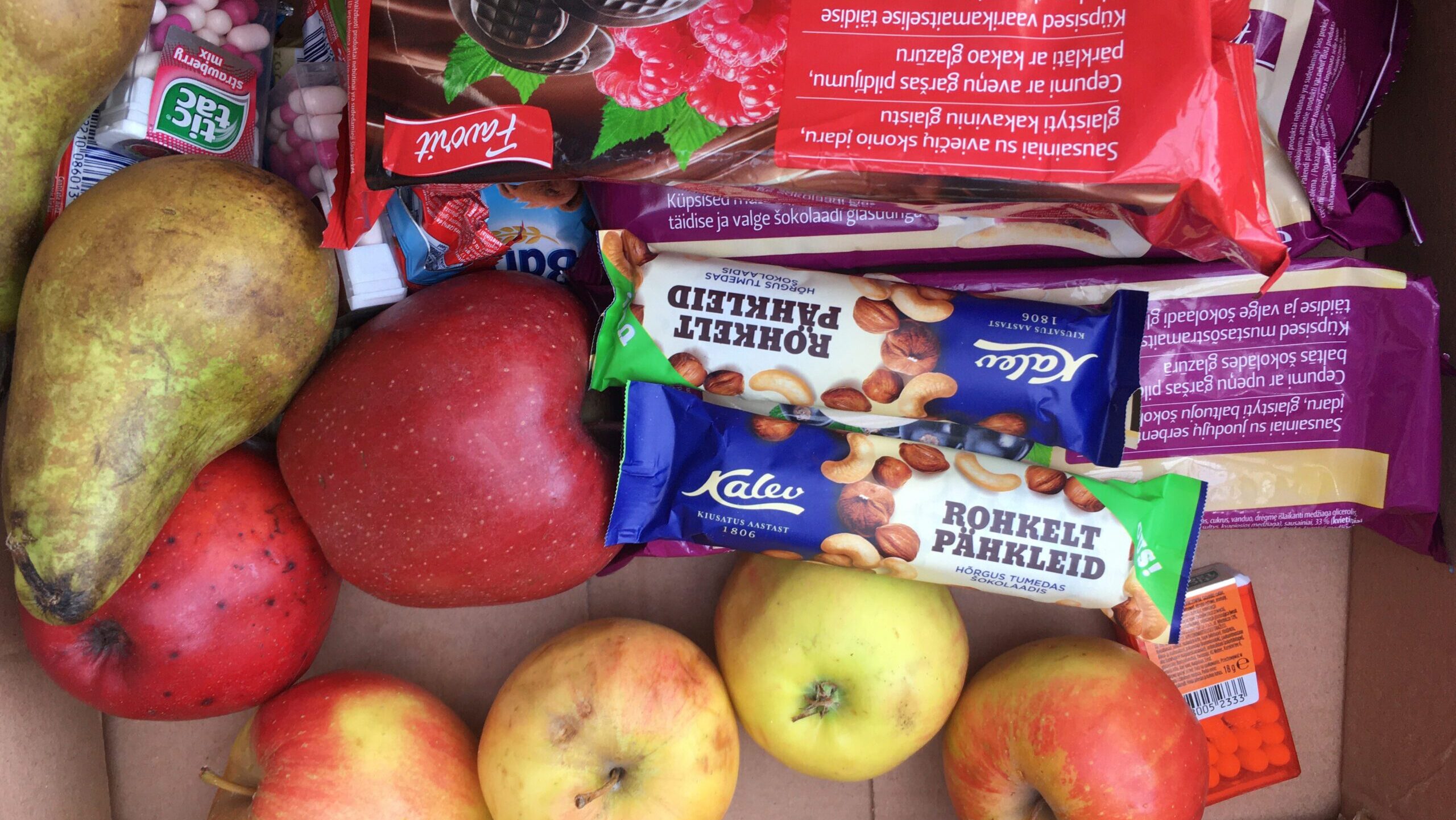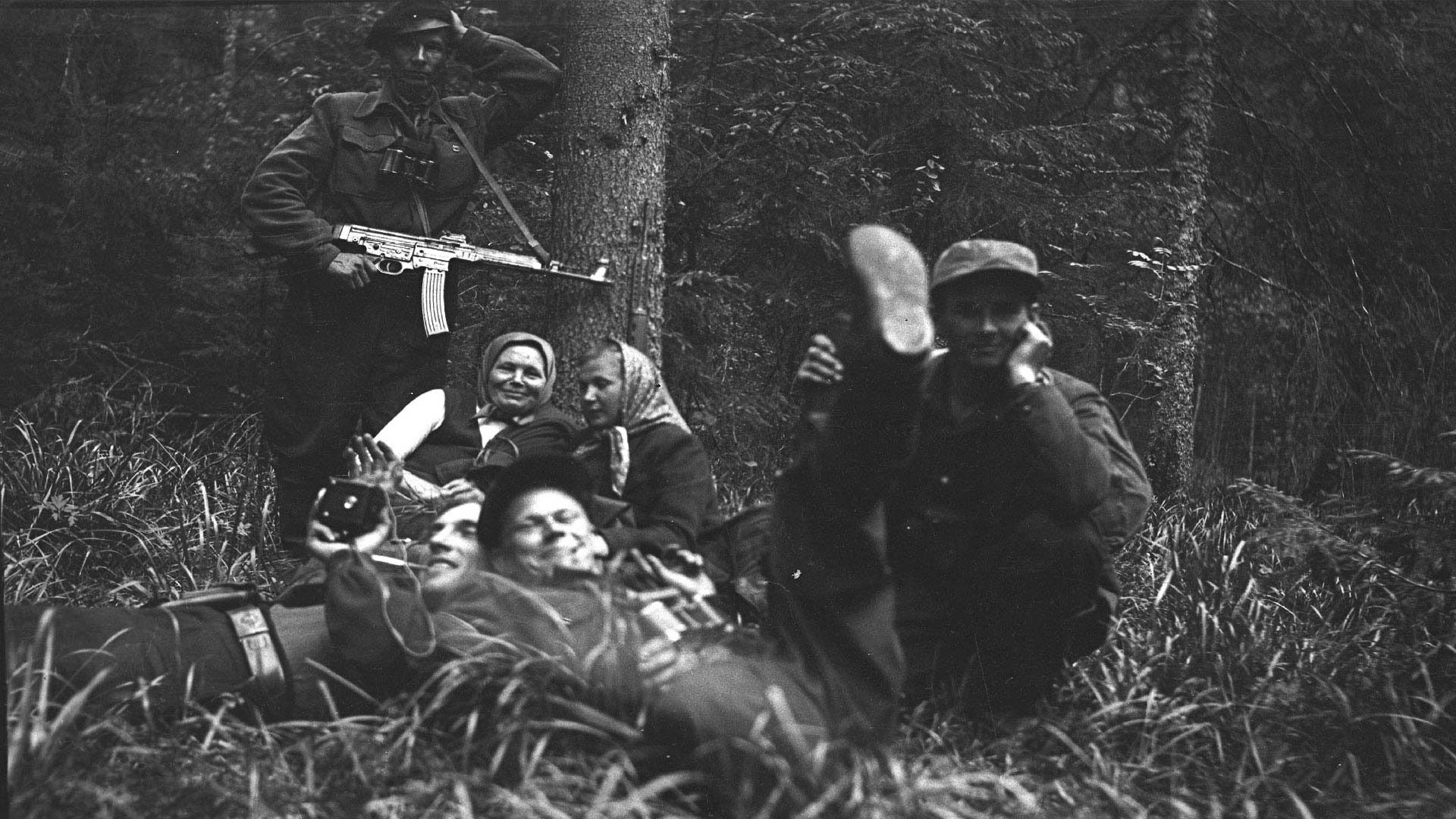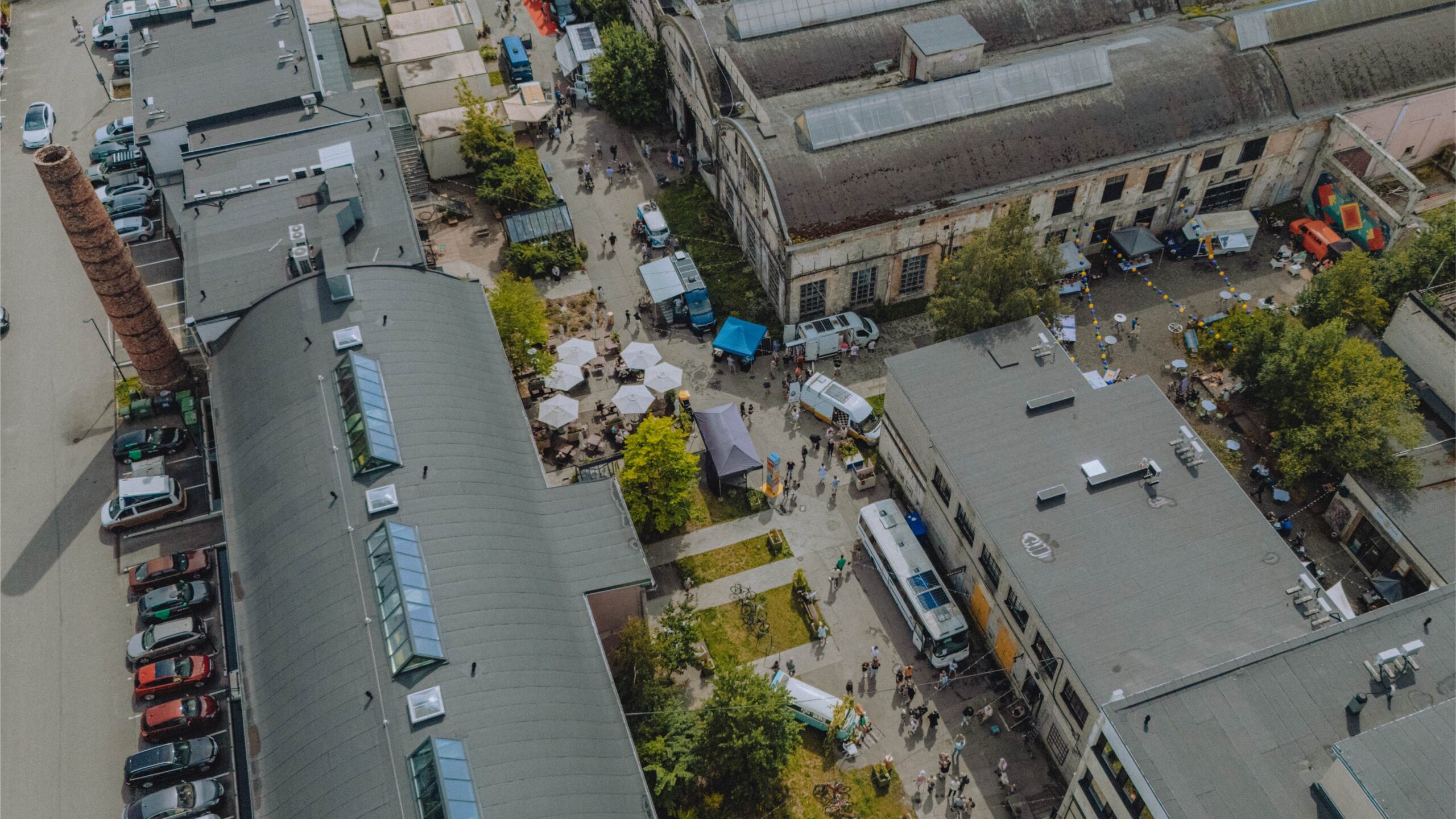Ever since I peeked into a green bin in Estonia – a novelty, which had just been put to use to organize waste management better – I realized that my tiny home country has a food waste problem.
I was very inspired by a German food waste-eliminating volunteer project called Foodsharing. I first saved heaps and heaps of food while living in Berlin, all thanks to that project. I realized that I should start such movement in Estonia. This is when my discovery of how much food gets wasted in Estonia began. This also marks the food-saving movement in Estonia.
What you will see below is not actually the main problem in Estonia's food waste. These are photos of food saved from commercial dumpsters. Though they show companies' inability to offload their unwanted food in a better manner, the businesses are not the culprit. Most of the food waste in Estonia comes from households. They have the largest share in food loss (41%) while the food trade sector counts for 24% of all wasted food. Also, it is easier to find discarded food in the bins of grocery stores as they throw away food daily and in large quantities. But if you think of the relation between the amount of stores to private households, then you see where the problem lies – there are just too many homes producing waste.
Everybody can decide whether the food items in the photos below are edible or not. Past ”best-before” dates do not make the food poisonous nor do little dents on the apples and bananas mean you can't use them anymore. We like visually pretty food, so that is why such fruits and vegetables get trashed. The idea of food is to eat it. It doesn't matter if the vegetable we consume is ugly, it will be unrecognizable when it reaches our tummies!
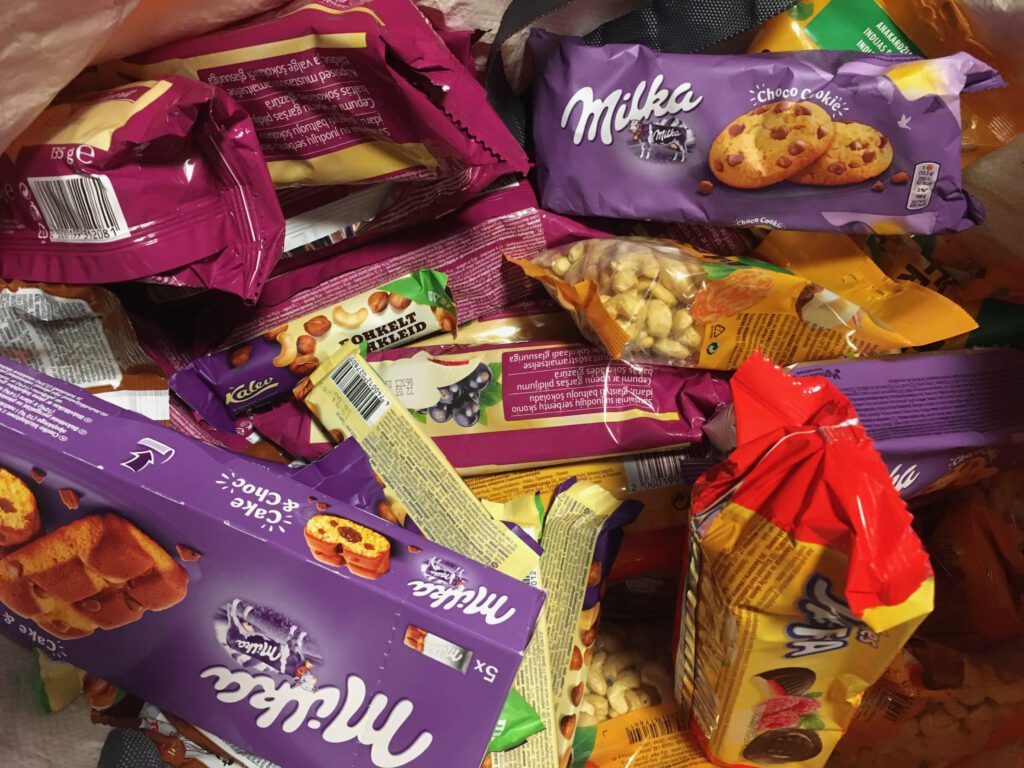

Some stores use the practice of breaking the package of a product which ”best before” date has passed. This is extremely unnecessary, as the items become completely unusable when unsealed. The workers who have to break the packages are not allowed to take the food, even if they manage to get their hands on it. For the urban harvesters, there is nothing left to harvest. The food gets spoiled because the stores are too stingy to share their “trash” or consider themselves so very “caring” and don't wish for people to eat unsafe food. Oh, please!
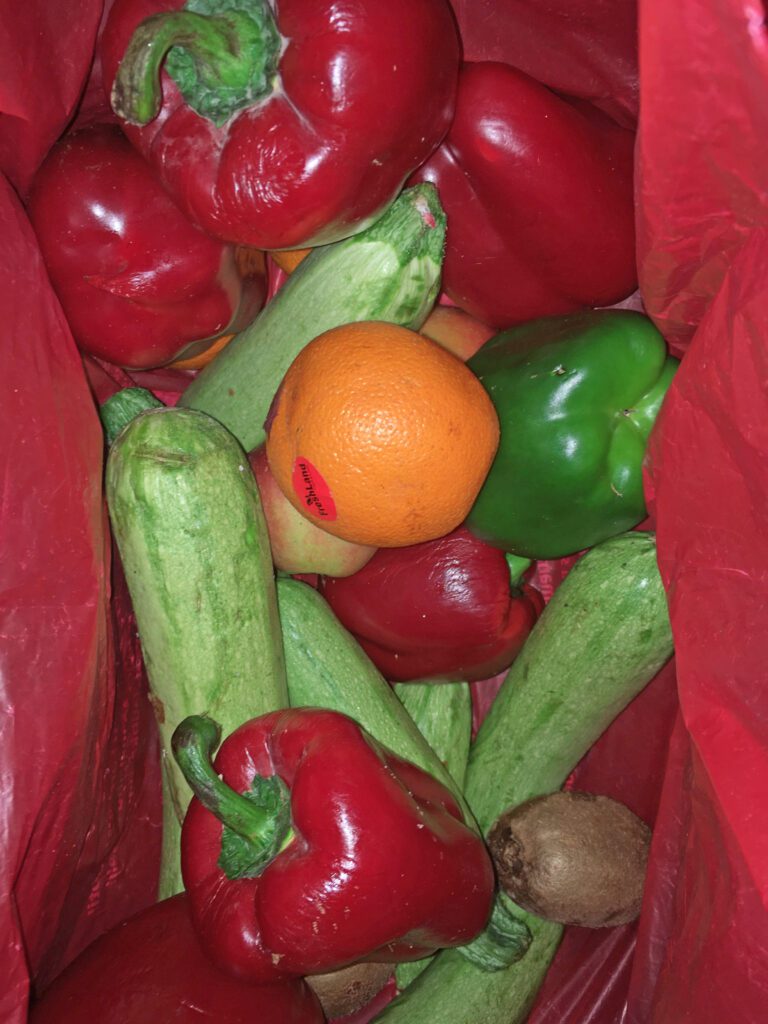

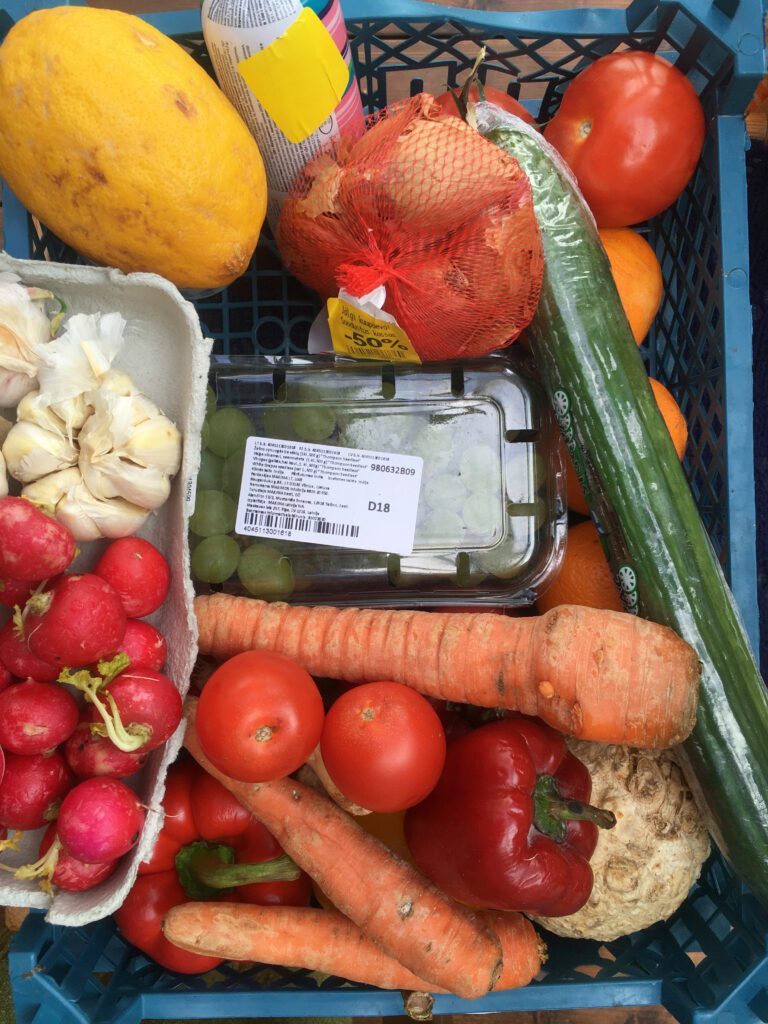
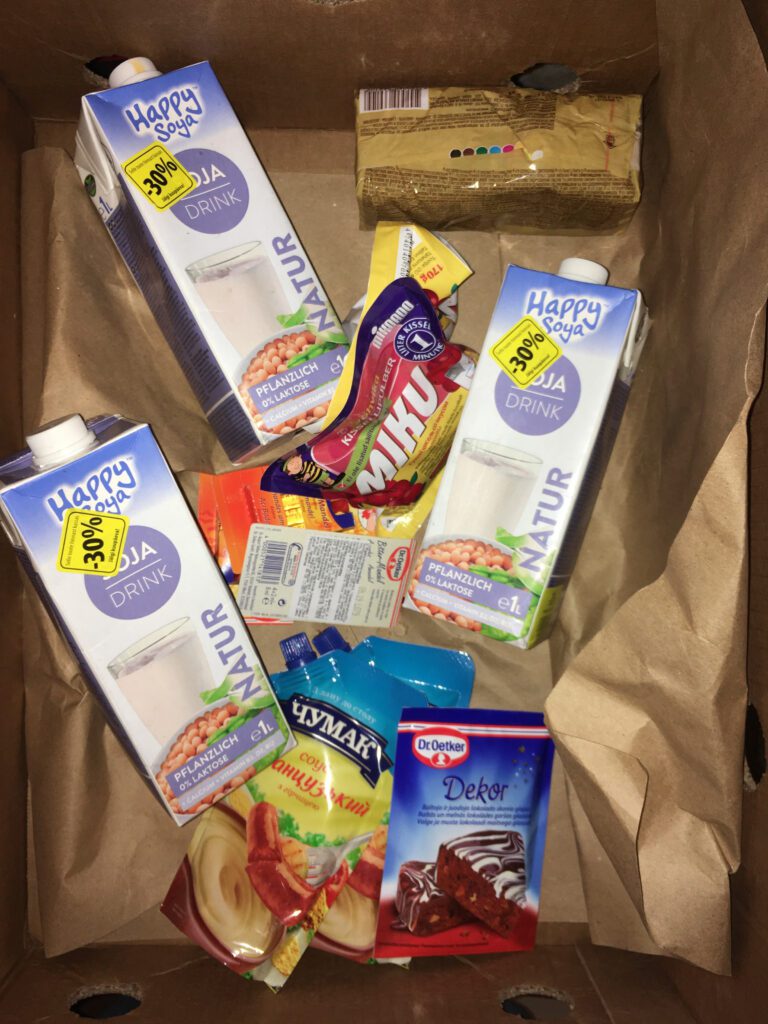
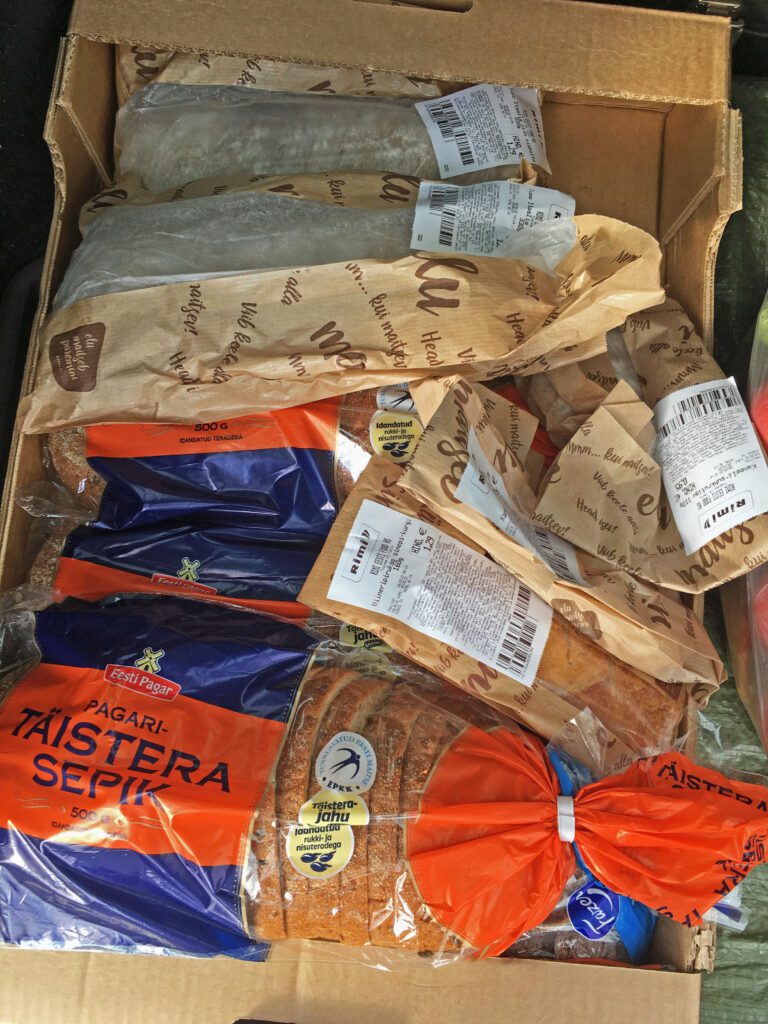
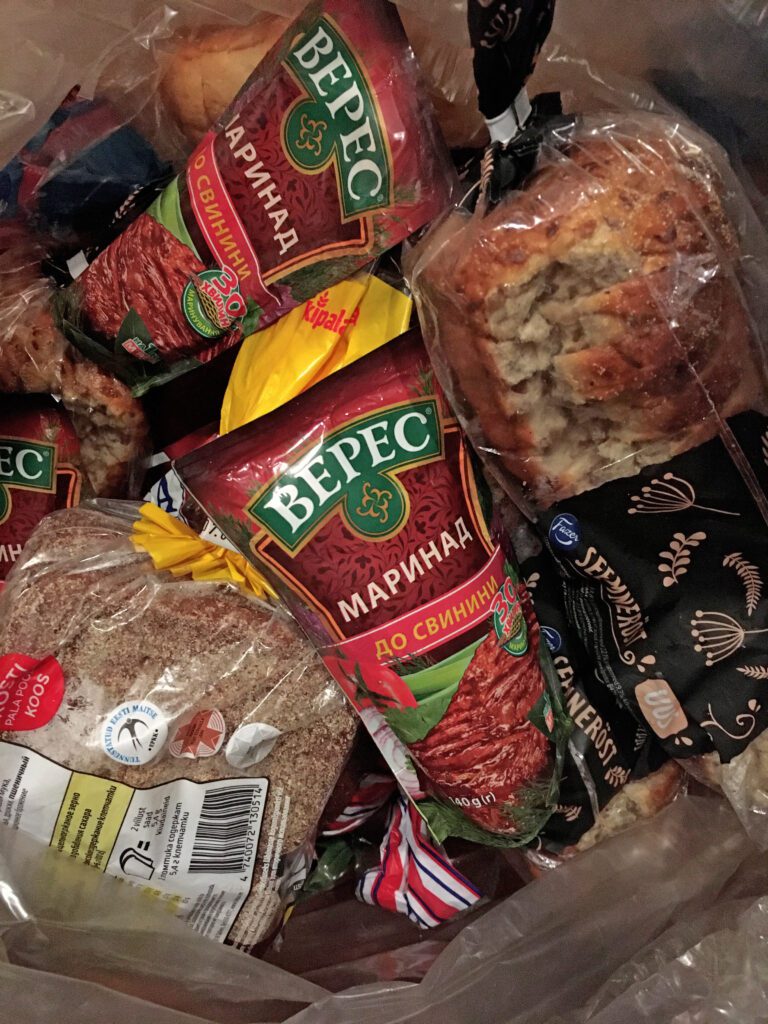
Lots of baked goods get wasted daily. There is a huge and constant production of them. Baked goods come packaged in plastic bags, which actually makes them good items to donate and pass on to those in need. Unfortunately, the Estonian Food Bank doesn't reach all stores, hence a lot gets wasted.

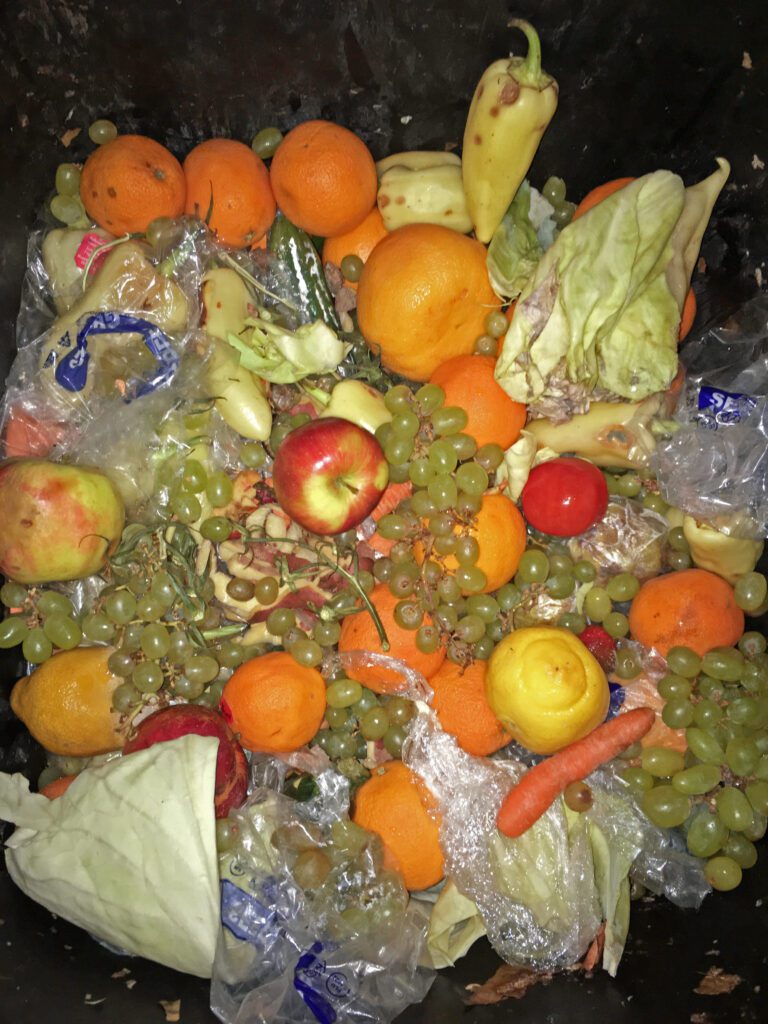
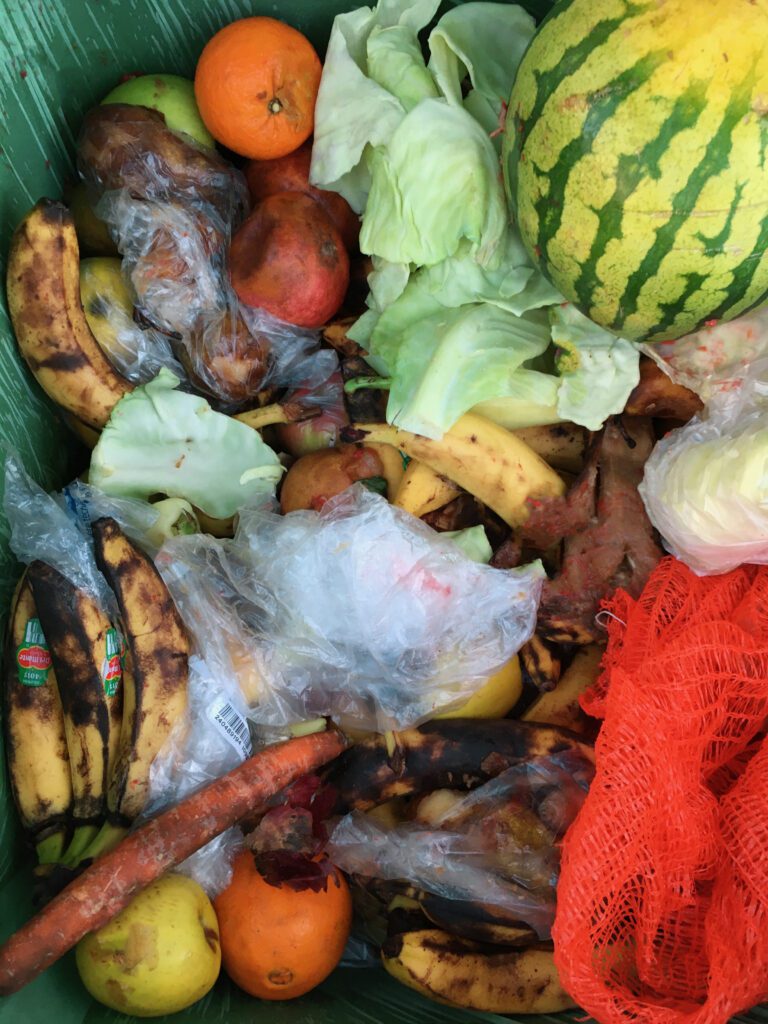
Even though the fruits and vegetables in the two photos above do not look the most appetizing, they could still be of help for many people in Estonia. The unemployment rate in the second quarter of 2023 was 6.7%, in 2021 22.8% of Estonians were at risk of poverty, therefore any extra food could be helpful to many. You probably have also noticed from the photos how careless the storekeepers are when putting plastic waste in the bio bins. In Estonia, the organic waste is used to make compost and the scraps are collected without any plastic packages.
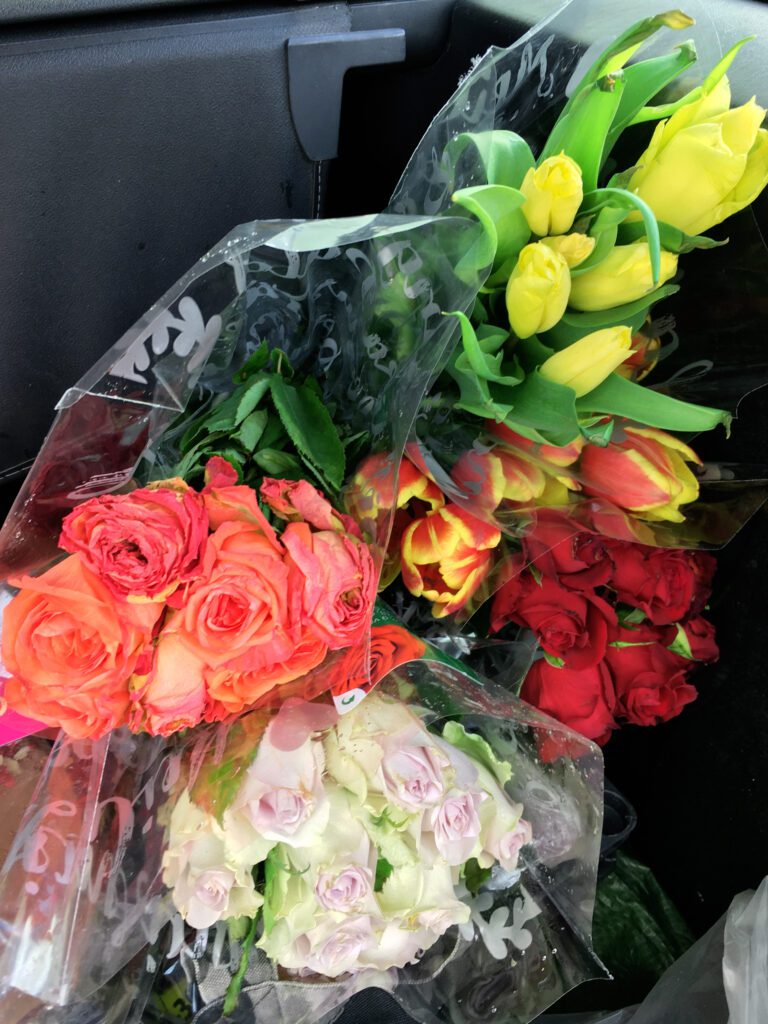
Sometimes you can find loads of beautiful flower bouquets. Flowers make people happy but finding them in the dumpsters, not so much.
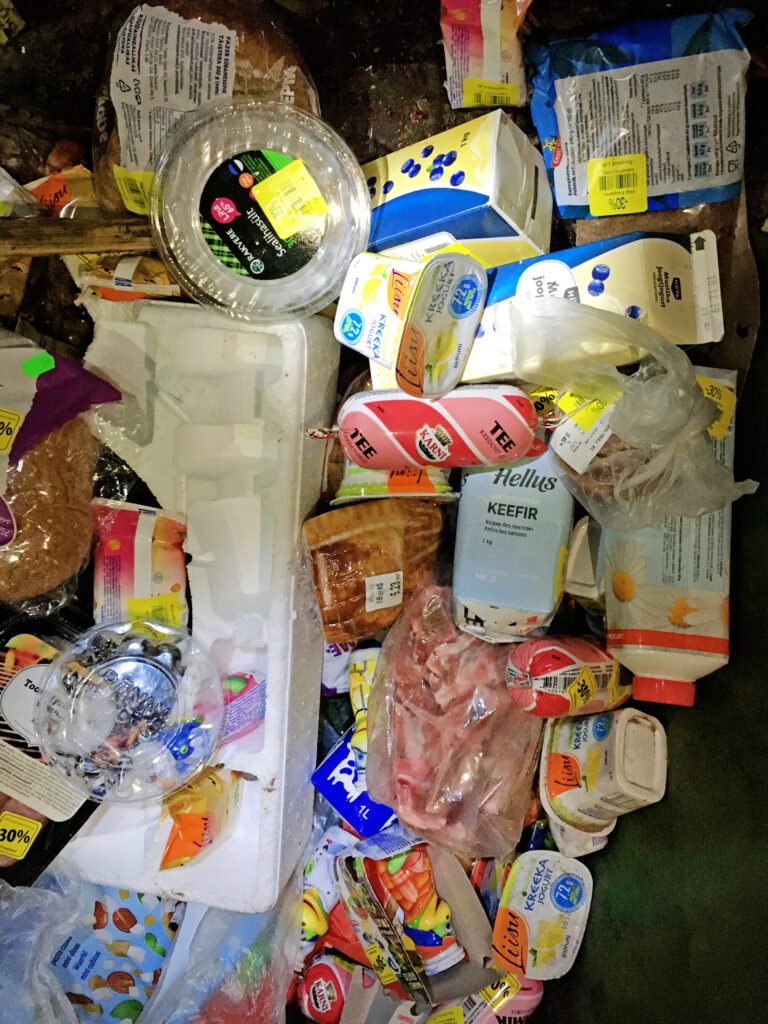
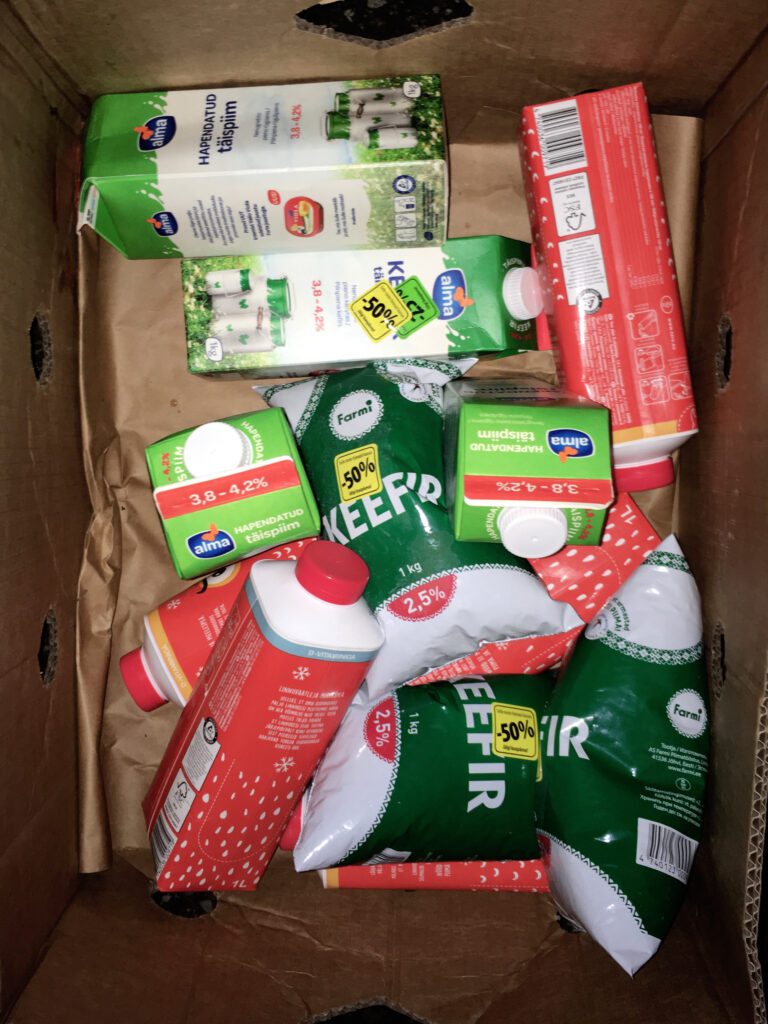
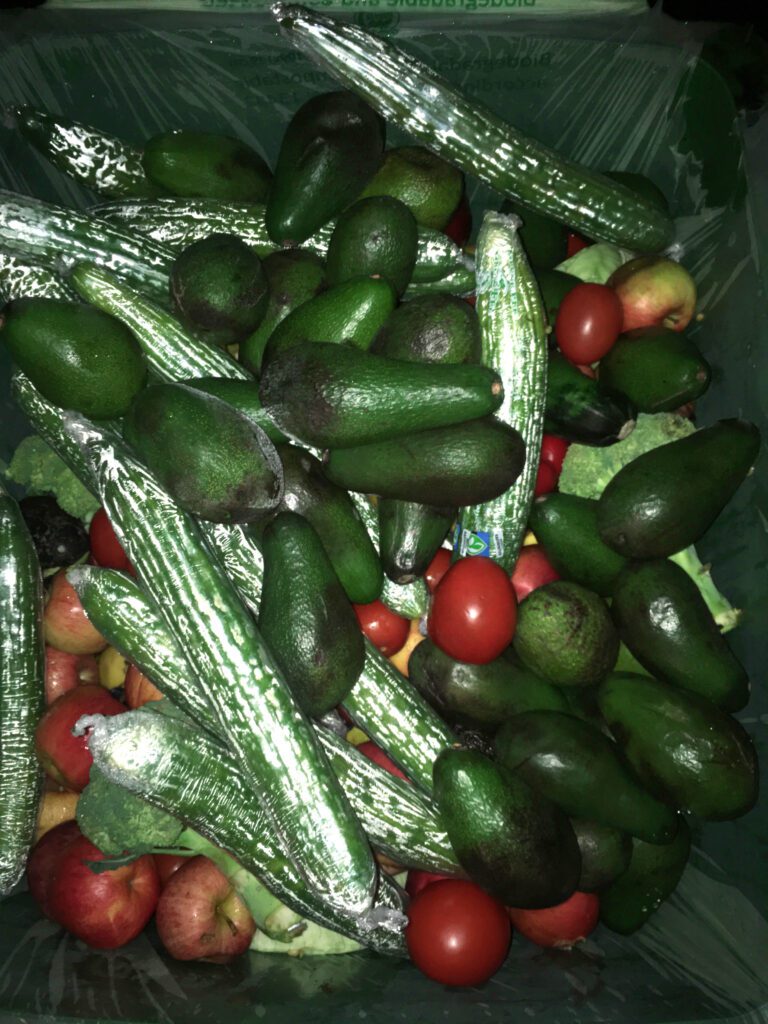
Sources used:
The study of food waste and food loss in the Estonian food supply chain
